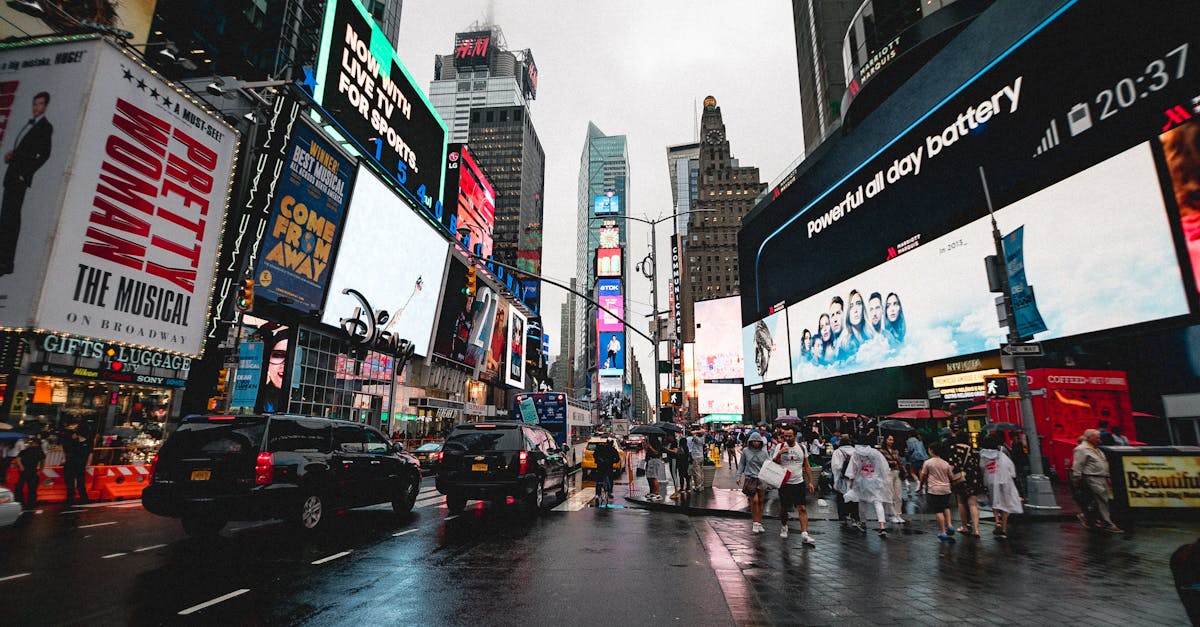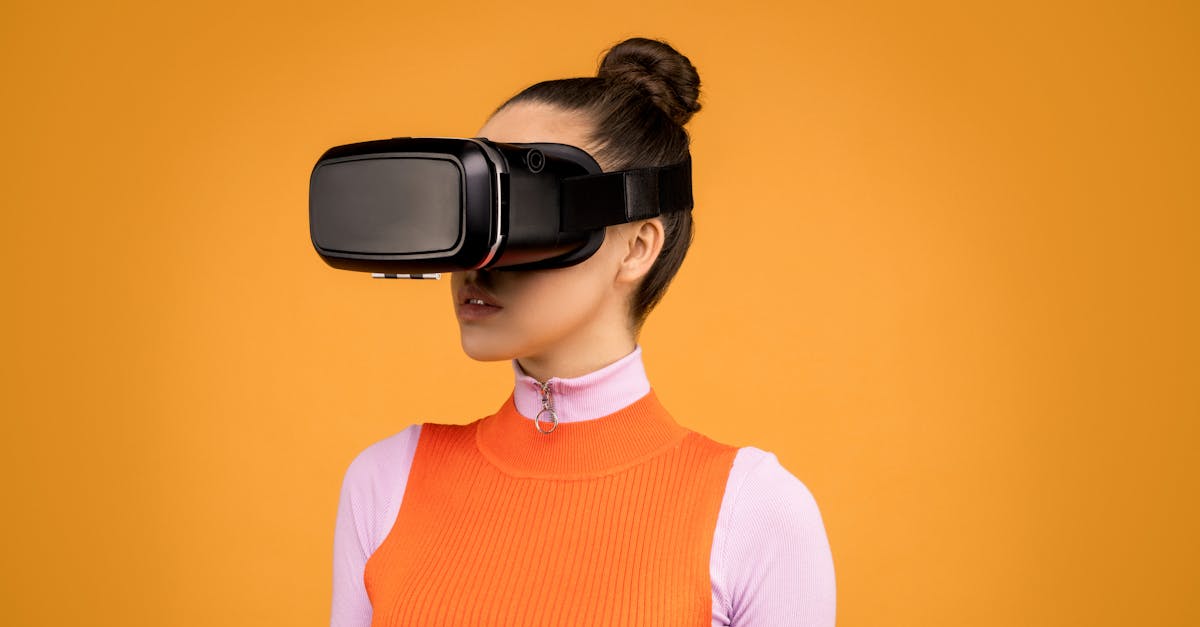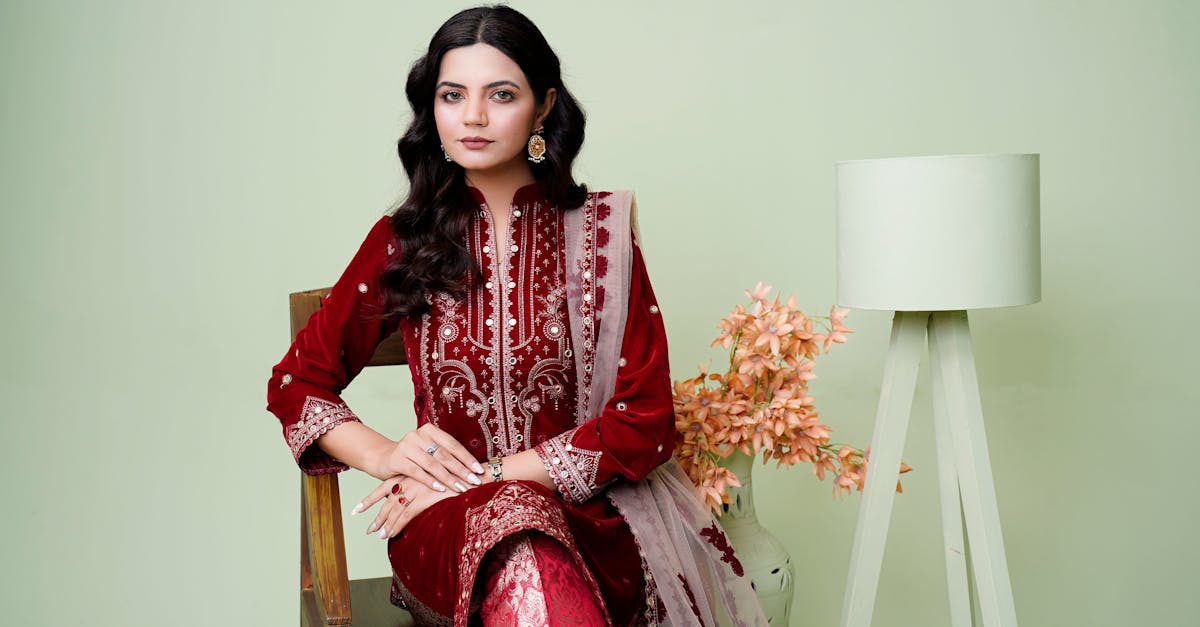Vision of Fashion Beyond 2030
Introduction
As we leap across time toward 2030, the fashion world is primed for groundbreaking transformations. Future Style Frontiers 2030 embodies the blend of technology, sustainability, and creativity, set to redefine how we perceive clothing and personal expression. With an increasing focus on eco-friendliness, the industry is preparing to embrace innovations like sustainable fabrics and circular fashion. Digital advancements such as Augmented Reality (AR) and Artificial Intelligence (AI) are integrating into fashion production and retail. Furthermore, globalization continues to influence fashion narratives, welcoming a broader spectrum of cultural influences. The future style frontiers promise a harmonious marriage of tradition and innovation.
Advertisement
Sustainable Materials Revolution
In the coming decade, the emphasis on sustainable materials will profoundly alter fashion designs and manufacturing. The industry is moving toward biodegradable fabrics sourced from organic compounds, even exploring innovative materials like leather made from mushrooms and textiles made from recycled plastics. These creations aim at reducing the carbon footprint of fashion production while maintaining quality and durability. Meanwhile, bio-fabrication processes are gaining traction, which allow the cultivation of materials through biological mechanisms rather than traditional methods. As the demand for sustainability increases, fashion houses are investing heavily in research and development to find more sustainable alternatives.
Advertisement
Technology and Digital Fashion
The integration of technology into fashion is accelerating at an unprecedented pace, revolutionizing everything from design to distribution. AI-driven algorithms are already assisting designers in predicting trends and personalizing customer experiences. Augmented Reality (AR) and Virtual Reality (VR) apps are enriching the shopping experience, allowing consumers to "try on" clothes virtually from the comfort of their homes. Blockchain technology is enhancing transparency across supply chains, providing insight into where products come from, and ensuring ethical production. Digital fashion, where garments exist only in virtual form, is also on the rise, energizing the conversation around sustainable consumption.
Advertisement
Customization and Personalization Explosion
Personalization is set to become a hallmark of the future fashion industry, significantly impacting consumer satisfaction. Advanced data analytics enable brands to tailor clothing and recommendations to individual preferences, ensuring a unique customer experience. 3D printing technology will facilitate custom-made, bespoke clothing options, eliminating the need for mass production and minimizing waste. Personalized fashion narratives allow customers to make personal statements, integrating identity with style in new ways. By aligning fashion with unique consumer identities, brands will foster stronger, more meaningful relationships with their clientele, rooted in personal engagement and innovation.
Advertisement
Circular Fashion Economy
The fashion industry is moving towards a circular economy model, striving to minimize waste by reusing materials. Second-hand apparel, vintage stores, and clothing swap initiatives are booming, encouraging a sustainable approach to apparel consumption. Eco-friendly brands are championing "take-back" programs and recycling initiatives, where used clothing is repurposed or transformed for new purposes. The concept of cradle-to-cradle fashion design promotes garment lifecycle extension, reducing resource consumption. By 2030, the circular model could become standard practice, fostering responsibility and sustainability. This paradigm shift invites consumers to play an active role in maintaining ecological balance.
Advertisement
Fusion of Global Cultures
The coming years will see fashion embracing diverse cultural influences, integrating traditional artistry with contemporary aesthetics. The infusion of patterns, motifs, and fabrics from varied cultures will enrich the fashion landscape, pushing the boundaries of creativity. As designers worldwide tap into cross-cultural inspirations, the lines between regional and global fashion will blur, celebrating a mosaic of identities. This cultural synergy encourages inclusivity and diversity in fashion narratives. Sustainable practices learned from indigenous techniques are becoming mainstream, promoting ethical production. By leveraging these global influences, fashion will transcend boundaries, allowing for the authentic representation of diverse heritages.
Advertisement
Conclusion
The futuristic vision of fashion in 2030 is marked by a symbiotic relationship between technology and ethics—a world where sustainability, digitalization, and personalization are cornerstones. As technology weaves deeper into the fabric of fashion, it brings new methodologies invigorating operations and consumer experiences alike. Embracing a circular, sustainable model will become paramount as fashion aims to enhance ecological harmony while maintaining style integrity. Cultural fluidity will continue to inspire new waves of design, emphasizing the importance of preserving global heritage. A future in fashion, enriched by these elements, promises a forward-thinking path that echoes responsibility and innovation.
Advertisement








